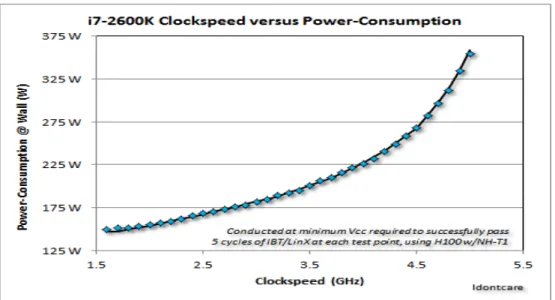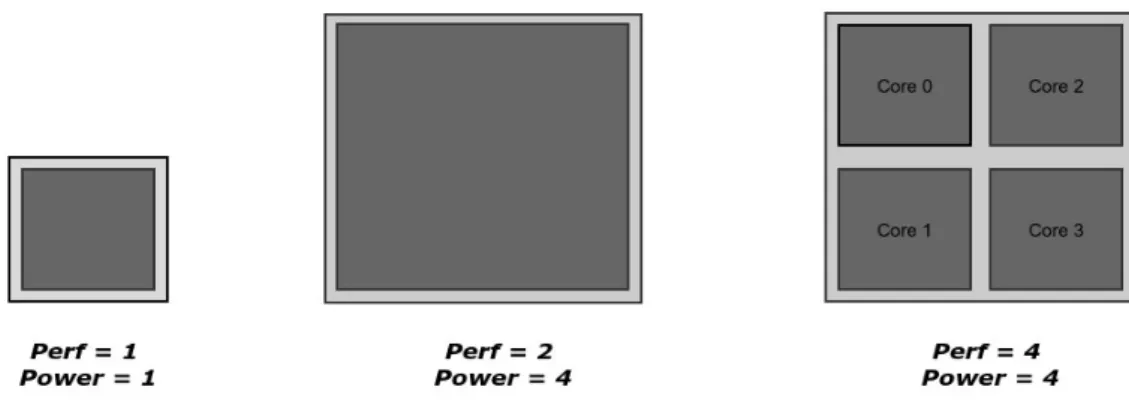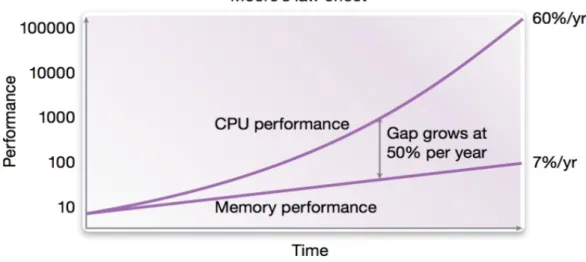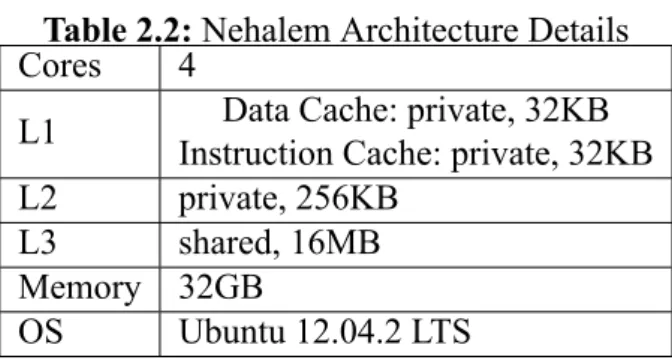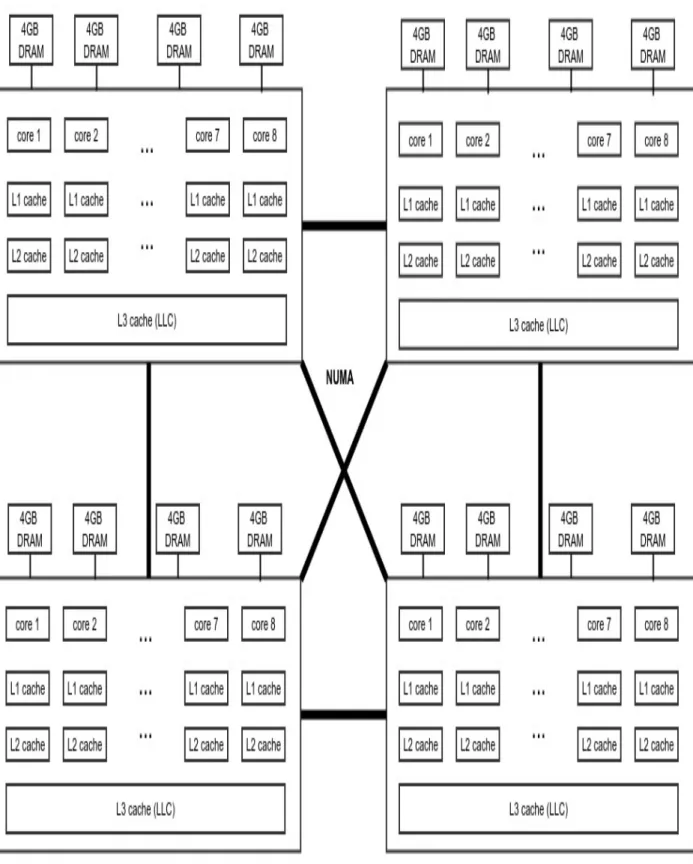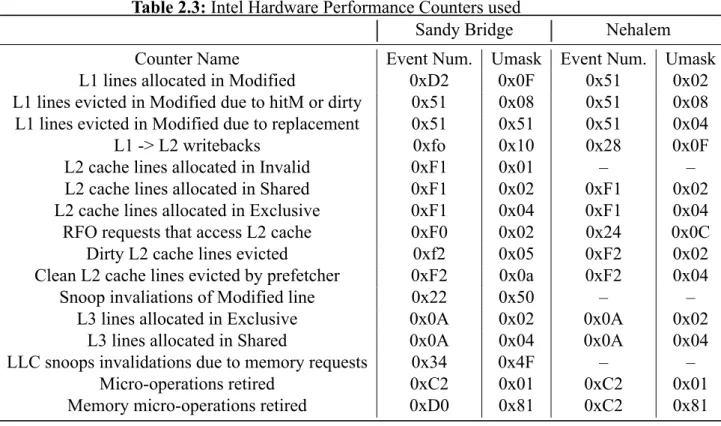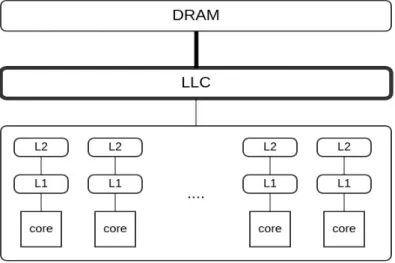The views and conclusions expressed in this document are those of the author and should not be interpreted as representing the official policies, express or implied, of the National Technical University of Athens. The goal of this thesis is the design and implementation of a scheduler that will be able to detect the conflicts between different processes in a computer system on the one hand and to plan applications to alleviate this conflict as much as possible on the other hand. to improve the overall throughput of the computer system. The deployed scheduler is compared to other state-of-the-art, conflict-aware schedulers proposed in previous research, as well as the scheduler used in modern operating systems, such as Linux.
In this way, they will be able to increase the overall performance of the computer system and at the same time enforce fairness between the different processes so that they benefit equally. To achieve this goal, the designers of modern operating systems must be improved to be able to assess the interference between different processes in contention for system resources. The comparison between this scheduler and the others was based on two criteria, the overall performance of the computer system and the fairness between the different processes.
Introduction
Thesis Motivation
The previous observations prompted the idea that characterizing each application can lead us to conclusions about the part of the memory hierarchy where the disagreement will be dominant. The phenomenon of contention in different parts of the memory hierarchy, described earlier, stems from the exponential difference between the progress of computing power and the progress of memory speed [5]. This approach brings innovation because it treats applications as multi-threaded applications without having knowledge about the required resources, since the determination of the optimal amount of resources to be allocated for ideal scaling is provided by a scheduler component.
The results of the scheduler are compared with those of other state-of-the-art contention-aware schedulers, such as LLC-MRB [13,2] and LBB schedulers [13,14] proposed by previous research, and with the current scheduler of Linux (CFS), which is contention-aware.
Thesis Structure
Theoretical Background
- Hardware Technology Evolution
- Processing Power Progress
- Memory Speed Progress
- Parallel Computing
- Taxonomy
- MESI Protocol
- Challenges in Multicore Systems
- Scheduling
- Operating Systems Scheduling
- Major Scheduling disciplines
- Linux Scheduler - CFS
- Contention-Aware schedulers
- Experimentation Environment
According to Pollack's law, processor performance grows proportionally to the square root of the area. In the following sections, we analyze the different forms of parallel programming and the implications of each for computer system performance. The change in architectures required a corresponding adjustment in how the operating system would handle these shared resources.
We will try to provide a brief analysis of this protocol as it is mainly involved in the prediction model of the proposed planner. In this protocol, each cache line is marked with one of the following 4 states (using 2 bits). Shared: This cache line can be stored in other caches of the machine and is clean.
The second challenge is communication between different processes running on the cores of the same chip. In both cases, the contention of system resources is the decisive factor that has a major impact on system performance. Tree balancing is not perfect, but guarantees search in O(logn)time, where n is the total number of elements in the tree.
When the scheduler is called to execute a new process, the workflow of the scheduler is as follows. The leftmost node of the scheduling tree is retrieved by the scheduler (since it will have the lowest spent execution time) and scheduled for execution. An important factor that is somewhat ignored in the implementation of the Completely Fair scheduler is the fact that the different cores of a multicore system are directly dependent.
The various counters that were used to investigate and verify the classification scheme and prediction model are shown in Table 2.3.
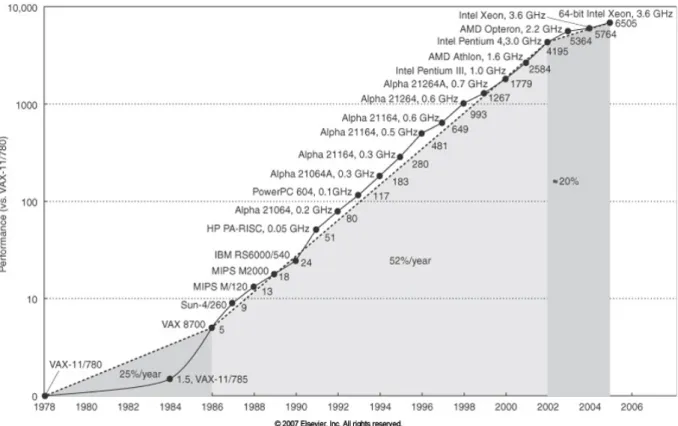
Classification Scheme
- Previous Research
- Application classes
- Decision Tree
- Evaluation and Validation
However, the animal classification does not build a solid theoretical explanation between the different parts of the memory hierarchy and the different classes, as is the case with our classification scheme. Our classification scheme is inspired by previous research [1] and distinguishes between 5 application classes, where the names of the classes are indicative of the parts of memory that are emphasized. It can now be seen that our classification scheme directly connects the different parts of the memory hierarchy to the different application classes.
Although they fetch data across the entire space of the LLC due to their streaming nature, they do not actually reuse it, either because their access pattern does not return to the same data, or because they have been flushed from the cache. Class N : Applications that limit their activity to the private part of the memory hierarchy or within the kernel. This is due to the fact that the constant delivery of new data from the main memory will invalidate the data of the C application, while L application will have no problem with those invalidations, since it does not use the cache memory.
This simultaneous execution is the most difficult to predict, as the impact of the battle will depend on data access patterns. First of all, we examine whether the current application under investigation takes up a large portion of the system's memory link bandwidth. If we can measure significant data flow anywhere in the LLC → Core portion of the data path, then it is due to data reuse.
The classification scheme is just one part of our scheduler and it's not really valuable to validate it separately as we are specifically interested in the impact it will have on the overall efficiency of the scheduler. The average delay of each possible combination of application classes was compared to the initial assumptions of the classification scheme.
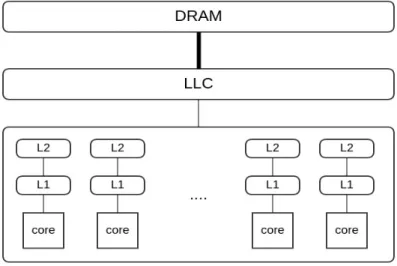
Prediction Model
- Theoretical Foundation
- Linear Regression Model
- Evaluation and Validation
- Refinement
The ultimate goal of a prediction model is to predict the maximum number of cores with each application changing without contention. We accept as optimal the number of cores that, when allocated to an application, gives this ratio the maximum possible value without falling below (or exceeding) the threshold value. This is based on the fact that when allocating multiple cores to an L-class application, the memory bandwidth consumed can be approximated by simply multiplying by the number of cores.
We therefore predict that the scaling will be optimal for any number of allocated cores (Completionp ˜ Ideal_Completionp) and we allocate the maximum number of cores provided by package to N applications (poptimum = max{p}). After the classification, we inserted each class of applications into the corresponding prediction model and we predicted the scale (in the classes we could) and the optimum number of cores to be allocated to each application. Then we ran the applications with all possible number of cores and we calculated the real scale and the real optimum number of cores to be allocated to each application.
For the verification process, we also made a brief analysis of the errors presented in the predictions regarding the predicted number of cores to be allocated to each application. In Figure 4.2, 4.3 and 4.4 we can see the deviation between the predicted optimum number of cores to be allocated to each application and the actual optimum number of applications that belong in C, LC and L and N applications accordingly. However, for a more elegant and generic view, the prediction model can be transformed even more to reduce the number of those relationships.
Therefore, we explored this possibility and created a sophisticated predictive model containing a single predictive relationship for each application class covering any number of cores. The correlation coefficients of the prediction model follow a logarithmic trend line related to the number of cores.
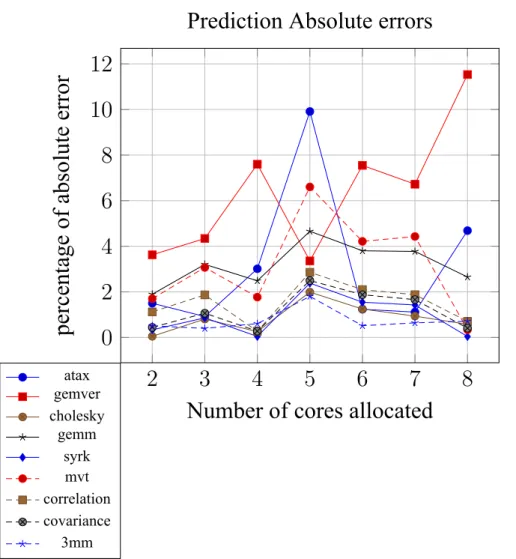
Scheduling
Algorithm
Comparison - Experimentation Results
In our scheduler, called LCN: the number of cores allocated is defined by the prediction model, except for N applications, where the half cores are allocated and scheduled twice as described above. In table 5.2 we can see how many times each application has completed during the execution of the workload of the different schedulers. In the last rows of the table, we can also see the total number of executions of all applications for each scheduler (corresponding to each scheduler's total throughput), the number of most applications for which each scheduler has performed the best (another measure of total throughput) and the standard deviation between the number of executions of all applications for each scheduler (corresponding to fairness).
The schedulers can be compared in terms of total throughput using two criteria: (i) the total number of times all requests are completed, (ii) the total number of requests for which the scheduler managed to achieve the greatest number of completions. The schedulers can also be compared in terms of fairness using the covariance between each application's completion times number and the corresponding Gang scheduler's completion number. As can be seen, our scheduler outperforms CFS and the other modern conflict-aware schedulers in terms of total throughput using both criteria.
In terms of fairness, other dispute-aware planners seem to fare better, with LLC-MRB being the best. For a better view of the comparison between the different schedulers, we can look at the following graphs made with Table 5.2. First, for each application and for each scheduler, we calculated the gain compared to the Gang scheduler by dividing it by the corresponding number of executions of the Gang scheduler.
We also calculated the average profit and the standard deviation of the profits for each planner. As explained in Chapter 3, the simultaneous execution of C and L applications results in a dramatic slowdown of the C application.

Conclusion
General Remarks
Future Work
7] Stream Benchmark, https://www.nersc.gov/users/computational-systems/cori/nersc-8-procurement/trinity-nersc-8-rfp/nersc-8-trinity-benchmarks/stream. 9] Intel Performance Counter Monitor - A better way to measure CPU usage, http://software.intel.com/en-us/articles/intel-performance-counter-monitor. 10] Cpusets: Processor and memory placement for Linux 2.6 kernel based systems, http://oss.sgi.com/projects/cpusets/.
